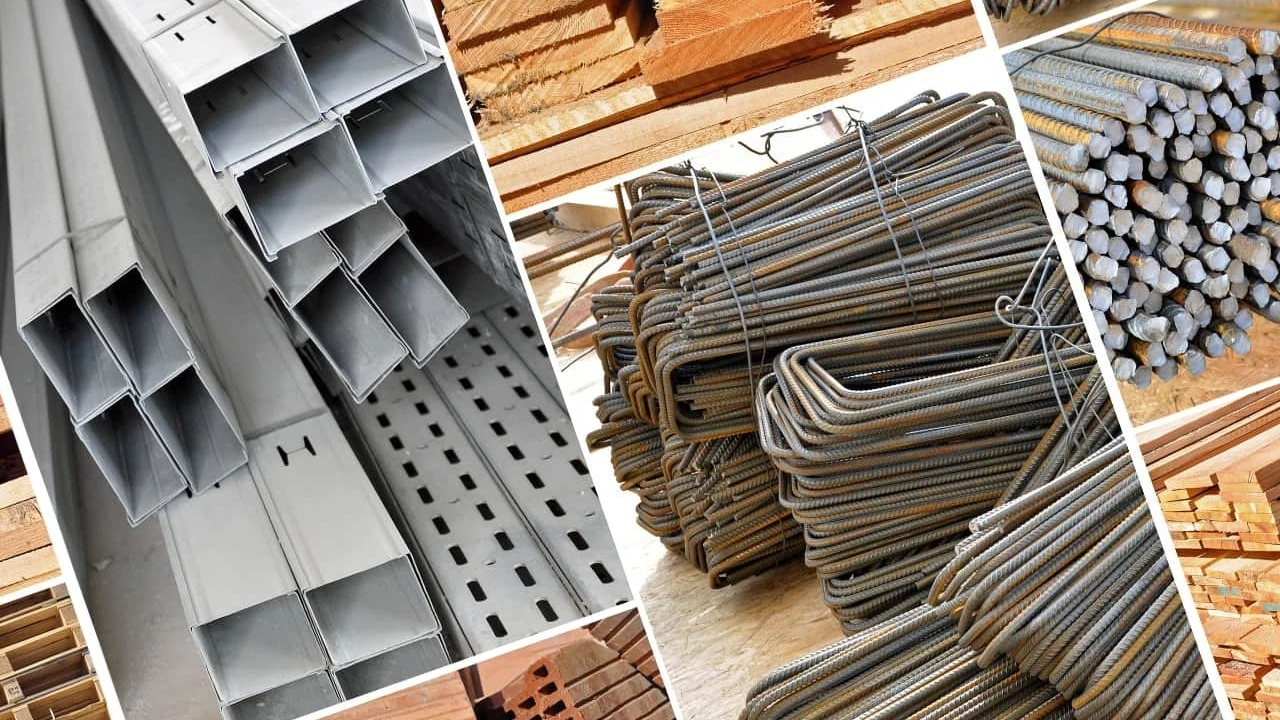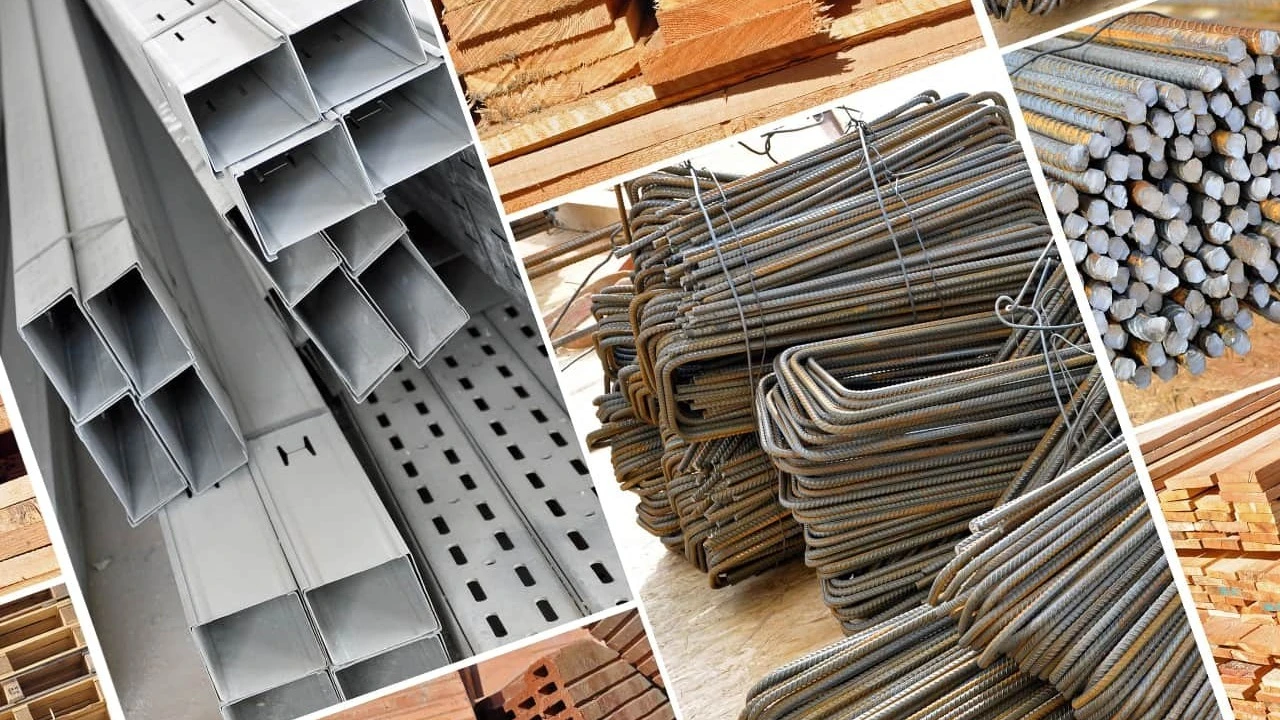Rapid urbanisation fuels rising demand for building materials

Global building materials market is anticipated to grow at a CAGR of 3.88 percent during the period 2025-2033 and reach US$ 2.04 trillion by 2033 from US$ 1.44 trillion in 2024, the latest report by Market&Research has said.
Rapid urbanization, infrastructure development, increasing demand for sustainable and energy-efficient materials, and the use of green building principles along with advancements in construction technology are propelling growth.
The demand for building materials has risen on account of increasing urbanization, industrialization, and infrastructure development worldwide.
There is especially high demand in emerging markets where population growth spurs housing and mobility requirements. The move towards green building and sustainable architecture is also revolutionizing the materials market, focusing on energy-efficient, low-carbon, and long-lasting products.
Other innovations such as self-healing concrete, modular construction, and intelligent insulation materials are becoming increasingly popular. Since governments start enforcing more stringent emission and environmental control policies, the global market for high-tech and environment-friendly building materials is growing, and they have become an integral part of today's construction processes.
Urbanization and Infrastructure Development
Urbanization in developing nations is causing a phenomenal surge in the demand for new housing units, commercial structures, as well as infrastructure. Asian, African, and Latin American emerging economies are investing heavily in transport, energy, and public infrastructure, which demand huge quantities of building materials.
Urban growth generates steady demand for cement, steel, aggregates, and insulation products. Governments are also investing in smart city initiatives and transport corridors, further supporting the construction industry and related building material industry. over 4 billion people - more than half of the world's population - reside in urban areas. The shift is likely to continue, with an expected more than doubling of the city dwellers by 2050 when nearly 7 out of every 10 individuals will be living in urban areas.
Increased Demand for Sustainable and Green Materials
According to the report, materials like recycled concrete, low-carbon cement, bamboo, and insulated panels are increasingly popular.
Certifications such as LEED and BREEAM promote eco-friendly construction. Green building codes are being adopted by governments across the globe, compelling developers and architects to use materials that lower environmental footprint, increase energy efficiency, and fulfill circular economy objectives, driving innovation in the building materials industry.
In May 2025, a first-of-a-kind national-level hackathon, CemHack for Green Infra, was initiated by Department for Promotion of Industry and Internal Trade (DPIIT), Ministry of Commerce and Industry. Technological advancements in construction techniques Innovation in building methods - modular construction, 3D printing, and pre-fabrication - is transforming the way building materials are produced and utilized.
These technologies require specific and frequently lighter-weight materials that are rapidly constructed on-site.
Production automation and digitalization also make possible more effective utilization of resources, less waste, and quicker turnaround. With increasing use of smart buildings and digital construction technologies, there is growing demand for high-performance, technologically compatible building materials.
May 2024 - Buildots launched the Delay Forecast feature, an AI-powered device that pinpoints potential delay threats and alerts construction teams to pace discrepancies.
These proactive notifications assist in solving delays early in the process. The feature also offers in-depth analysis at the activity level, enabling project managers to identify underlying causes and fine-tune their approach for better performance. Challenges in the Global
Building Materials Market Volatility in Raw Material Prices
The raw material price fluctuations are extremely sensitive in the building materials sector, such as cement, steel, sand, and aggregates. Disruptions in global supply chains, geopolitical tensions, and energy price volatility have a major impact on production costs. The cost fluctuations squeeze the manufacturers' profit margins and raise construction prices for developers. Raw material availability and pricing uncertainties make it difficult to budget and forecast, particularly for long-term infrastructure projects.
Environmental Laws and Carbon Production
Several building materials, particularly cement and steel, are significant emitters of carbon. While global climate targets are being made tighter, manufacturers are increasingly pressured to decarbonize.
Meeting environmental standards demands heavy capital expenditure in clean technology and process reengineering.
Small and medium-sized firms (SMEs) could fail to converge, being excluded from the market. On top of that, waste management and recycling policy are getting tighter, compelling firms to select environmentally friendly alternatives or pay the price, thereby making production and supply chain planning more complicated.
Top Headlines
© 2025 IPPMEDIA.COM. ALL RIGHTS RESERVED

























